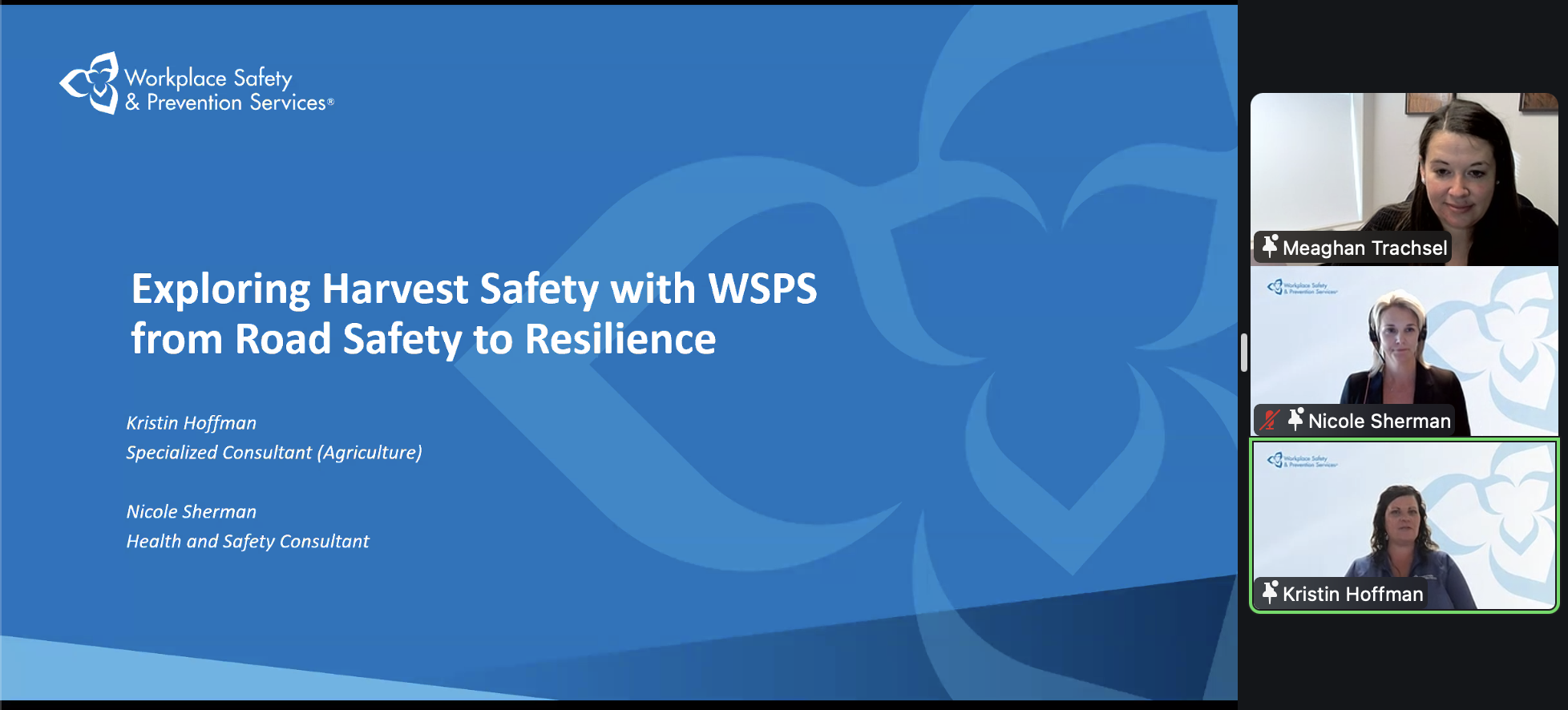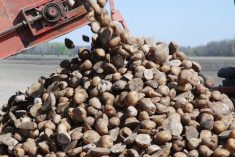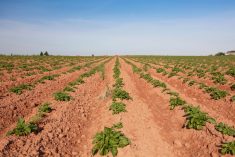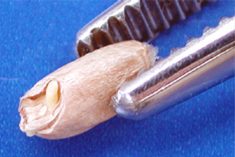Soil samples taken on Prince Edward Island following detections of potato wart last fall have turned up another field with the fungus that causes the disease.
The P.E.I. Potato Board on Tuesday said the field in question is near to, and is “directly associated” with, a field where the soil-borne disease was found in October.
The field in question was also earmarked to produce potatoes for processing, rather than for seed or table stock — and the potatoes from that field “have been already processed,” the board said.
Read Also

Tips for staying safe this harvest season
Kristin Hoffman of WSPS explains measures for increased farm safety around harvest season
The soil sampling that turned up the new case was being conducted as part of the investigation of the two cases last fall, the board said, noting the new finding is “no surprise to those who study and manage potato wart.”
Rather, the board said, “this detection shows that the Long-Term Potato Wart Management Plan is correctly identifying fields at risk and implementing the appropriate surveillance and testing measures.”
The new case would be the 35th P.E.I. field with a potato wart detection since October 2000, when the disease was first confirmed in the province.
After a months-long ban on P.E.I. potato exports to the U.S. in 2000, a system was put in place between Canada and the U.S. to allow exports from lower-risk zones where the fungus hasn’t been detected and where the same equipment wasn’t used, as per the federal/provincial long-term plan.
But a request from U.S. plant health officials led Canada in early November to suspend permits for exports of fresh potatoes from Prince Edward Island. The U.S. cited concerns over the two cases found in P.E.I. processing potato fields in October.
Exports of fresh potatoes have since been allowed to resume from P.E.I. to the U.S. territory of Puerto Rico, but have not yet resumed to the mainland U.S.
Ottawa in December pledged up to $28 million to help P.E.I. potato producers manage the surplus of potatoes resulting from the U.S. export suspension.
A resulting program, which also includes $12.2 million in provincial funding, was formally launched last month with the goal of “diverting as many potatoes as possible to processors, packers and food banks.”
Where needed, the program will also help P.E.I. potato growers cover the cost of “environmentally-sound destruction of surplus potatoes” at a rate of up to 8.5 cents per pound.
The U.S. in 2020 was by far P.E.I.’s biggest customer for potatoes, taking $476.9 million in fresh or chilled and processed potato goods, or just over 92 per cent of the province’s total potato exports, the province said last fall. Those product categories alone formed almost 84 per cent of the province’s total agricultural and agri-food exports last year.
The potato board reiterated Tuesday that the long-term management plan “has for more than 20 years controlled the movement of potatoes and equipment from regulated fields, mandated comprehensive cleaning and disinfection activities for high-risk fields, and restricted the movement of potatoes from fields under regulation.”
Ongoing surveillance supports that fields outside of the regulated area are free from potato wart, the board said.
“As a result, potato wart has never spread from P.E.I. to anywhere else,” the board said, noting that was confirmed in the results of a national soil survey released in December.
While not considered a human health or food safety risk, potato wart is known to drag down crop yields and can make potatoes unmarketable by ruining their appearance.
The fungal disease appears mainly below-ground, on plants’ tubers and runners. It spreads through movement of affected potatoes, soil, farm equipment and manure from animals that digest infested potatoes. –– Glacier FarmMedia Network













